|
According to me, there is no space more important than the one designed for a special needs kid. Not every kid is going to be able to maintain or appreciate that dream room that we see in catalogs or on pinterest. Instead of forcing our kids to like what we like, we need to understand their needs first. For special needs kids the mantra "Form Follows Function" could never be more true.
1. Create a Retreat from the World No matter the disability, some things in this world can be completely overwhelming for a kid. Most kids with autism have a coordinating disability called sensory processing disorder. The way it manifests differs between each kids. Some may hate a certain texture. Some may need low lighting. Some may seek out tight corners. And some may crave deep pressure. You can create a retreat for your kid by understanding his or her sensory needs and providing it in the space. From an early age my son sought out his own retreats. I thought he was being silly. I just didn't understand he was craving deep pressure and a nook to call his own. My son has grown quite a bit since he was first diagnosed but he still avoids crowded spaces and chaos. He has learned to manage it while he is in that environment. But when he comes home from school or karate he quickly retreats to his room to (in our words) "decompress." He needs a place to pace back and forth and retell the days trials in his own language. He needs pillows and blankets to roll in and get that pressure that helps him calm down. We just give him that alone time until he can deal with people again. For his room we have provided the "pretty" blankets for the bed but also many more pillows and blankets he can pull around to build his nests. And though it is a room for two boys, the space planning allows wide paths for him to stretch his legs. A retreat does not always have to be a whole bedroom. It could be play room or a closet or the bed. Take their needs and fit it into any space you have available that they can call their own. Add pillows, lighting, and special toys just for them. Keep soft and cozy. I don't know of any kid who wouldn't love a secret space to call their own. 2. Safety First I worry constantly for my son's safety. His biggest threat is himself. From a young age he was klutzy and when upset would run into walls or hit himself in the head. (I have often dreamt of a padded room for him to just let loose but obviously people might look down on me doing that). When we first were dealing with the autism we were transitioning him to his own bed. We quickly learned of how dangerous he could get. When he was angry he would throw anything he could find, including his body, against the walls, furniture, and the door. My grandiose ideas of this chess themed room complete with a checker board wall and 3 foot high chess pieces were abandoned. We had to take everything out of his room except the mattress and blankets. Luckily, he manages his anger better now. But I still keep his safety in mind as I choose materials and furniture for his room. Here are a couple things to think of before you purchase anything. -Does your kid bite or lick things? Probably a good thing to avoid antique furniture with lead pain or less durable finishes. Don't buy really expensive items if you don't want to find teeth marks in them. - Is your kid a dare devil (jumping and running without looking)? Look for rounded corners and soft furniture. Bean bags and poufs are great chairs for kids. Make sure things are structurally sound. Be careful of the furniture that they stand on. Will it break under their weight? -Does your kid love to climb? I see more and more rooms with ladders to lofts and climbing walls. Those are super cool but is your kid old enough or able to do that on their own? Also be careful or bookshelves and dressers. You might want to choose stronger furniture and actually attach it to the wall. -Is your kid ready for any furniture? It is ok to have them sleep with just a mattress for a while. Keep it Japanese style and have everything low to the ground. You don't have to feel guilty that they don't have a fully designed space with all the accent furniture. The main purpose of the bedroom is to sleep and be a comfortable retreat. Sometimes all that is needed is a mattress and blankets. Then you can slowly add the accent furniture. Take a look at Montessori inspired bedrooms. 3. KISS - Keep it Simple S****** (That S word is a bad word in my house.) The design aesthetic for a kid's room can explore all sorts of cartoon characters and themes. And as parents research the endless possibilities they often make the mistake of taking it too far. Not every wall needs to be covered in murals or bright colors. The more details and patterns in the space the more chaotic it can appear to a special needs kid. I would suggest keeping a focal point wall and 1 or 2 theme elements in the room like an art piece or comforter. Then incorporate geometric patterns, solid color mostly ranging in calming tones, and simple shapes for the accessories and furniture. Often autistic kids are organized and mathematically minded. The more organized it feels the more likely it will not be overwhelming and easier to teach them to keep clean (which is huge bonus). I also prefer to design a kid's room so that they can grow with the space. It's easy to change out bedding and accessories. But if you can keep the general design not age specific you can have more longevity with the space. Keep it simple. Keep comfortable. Keep it flexible. 4. Incorporate them in the Process I learned early on that my vision of the space is not exactly what my kid would want. Was my 2 year old really ready for a chess themed room? When I went to design his new room that he would share with his brother I wanted a space that showed a bit of their personalities. They got to help me shop and even make artwork. My son loves Angry Birds. They now hold a prominent position in the window seat which he rearranges daily. I also had them help me make artwork for the room. The more you can involve them in the creation of the room them more likely they will associate as their own. 5. Visual Cues Children with special needs often have language barriers. No matter the age, pictures tend to improve understanding. If you want them to help clean up, label their toy bins with pictures rather than words. If you want them to get dressed by themselves, put pictures on their dresser in descending order so they know which item is in which drawer and what to put on first. Make it part of the design rather than an afterthought with a simple consistent color scheme.
6. Be Flexible as their Needs and Desires Change Don't be surprised after you spend all that time designing their space that they turn around and ask you to do something different to the room. I am currently facing this challenge. My son now thinks he needs a bunk bed. How am I going to incorporate a bunk bed in his beautifully symmetrical room? Well, I don't know yet. But I am pretty sure it's not going to happen anytime soon. He luckily is old enough to reason with. I told him if he can sleep in his bedroom for one whole year I would buy him that bunkbed. I am totally willing redesign his room if it will solve the nighttime migration problem. Win for Mom! I am all about challenging your children to earn a big room redesign. But most of the time there are little things that we can do to enhance the room without it being too egregious. Here are some ideas that you can consider to customize it to your ever evolving child. -Suddenly afraid of the dark? Add night lights. You can be creative with battery powered stringed lights or glow in the dark images. Or even a super cool lamp like below. -Can't fall asleep? Maybe they need white noise. Add a fan or iPod playing soft music. -New obsession? It's ok if they moved from cars to angry birds. If you kept the design simple (see #3) you can easily switch out a couple items and make it feel like a new space. -Are they constantly building forts and moving furniture around? Let them! They are just being creative. And you may find that there is a new arrangement that fits their needs better. This is one cool light. I know my kids would love this as a nightlight and hold close under the covers or to use the bathroom. I love technology!
0 Comments
2. Do NOT buy everything for your home locally. If you can expand your shopping horizons to other cities and online you will find many more options and inspiration. I suggest a healthy 60% of you home decor should be sourced out of town or not from big box stores. We don't want to show up to a party wearing the same dress as someone else. Same goes for your house. Purchase your basic furniture out of town or online where neighbors are unlikely to buy. Then search antique stores, swap meets, or grandma's attic to find one of a kind pieces. It's the unique items that give flavor to your design. 3. Be inspired by the world outside your region. Travel is the best way to be inspired and bring home unique treasures. Whether you plan to visit Paris, France or Savannah, Georgia you will find an abundance of design. If you can't travel, search online or get a new book from the bookstore. The world if fascinating: each culture unique. The more you learn and see the more you will be open to different styles and colors and moods for your home. 4. Take something trendy and turn it around. Often a trend comes from a modern take on historical design. The trend is so mass produced we forget where it really originated. Take for example the chevron pattern: super trendy (actually probably on the tail end of its trend). The chevron is an enlarged version of herringbone, a common pattern in mens suiting. Although large chevrons will get tired and lose popularity, the original source will continue to be beautiful lasting design. If you are noticing a trend, research it. Find the source and use that instead. Or make your own interpretation of it. Whatever, you do don't get stuck in the trend ruts. 5. Experiment!!!
Why are we so scared to try something new? If you want to stand out you have to be brave. Were all scientists successful on the first try? NO. But they kept trying until they came up with something amazing and revolutionary. You are not going to gild any pig if you are too afraid to try. Research, put on those work clothes, and get your hands dirty. The best way to have your own look is to do it yourself. According to me... housing design styles get repetitive and boring in every region. I grew up in Idaho and I remember being a little girl in grade school and seeing my first stucco house: white, clean, and modern. I thought it was amazing!! I told myself, I have to have a house like that when I grow up. After college, I moved to Phoenix Arizona which, as most know, is full of stucco homes and clay tile roofs. And you know what happened...I couldn't stand the sight of them. They were everywhere. All I wanted was a home with siding and brick, something a little more traditional. When we moved back to Idaho I bought the first home I fell in love with and could afford. It is a lovely home with brick and siding and green grass, just what I missed while living in Arizona. The only problem is that is looks like every other home in Idaho that has been built in the last 10 years, complete with the same mix of random exterior materials, same basic floor plan, same open niches to fill with accessories and dust. I am bored with seeing the same look everywhere. I just came back from visiting the Oregon Coast. It was beautiful and I am not just talking about the ocean and forest. The houses on the coast are fun and exciting. They explore color and height. They include a variety of windows and balconies so you can enjoy the coastal atmosphere from anywhere in your home. Wood shake siding is very popular and patinas so well at the coast. The longer the wood is exposed to the elements, the more grey and aged it appears which allows it to contrast even more with trees, white edging, and colorful accents. I was inspired! There was one moment when my sister made some comments about the homes and how she wished to could take them back to Idaho. "But we could never have this type of home in Idaho," she said. Why NOT!!? Is there a written law that says we have stay in a specific regional style? Arizona has the adobe/southwest look. Idaho has the siding and stone ranch look. Oregon plays with the coastal look. Why are we so stuck in a regional look wherever you go? And why do home owners not consider other styles of architecture?
I believe price is the main culprit. Contractors build homes according to a popular trend. But to make the most money they specialize in a specific look to avoid re-engineering each house. It is a lot faster and easier to mass produce the same look. I have first hand experience getting quotes for alternate architectural styles. It can be a bit painful to see what a 3 bedroom 2 bath home is priced in a contemporary or historical style as compared to your basic cookie cutter home. But I think we need to start asking for more style options. With each mass produced house, the beauty is lost. Contractors aren't necessarily asking themselves, does this design still have balance or fit the needs of the user. If you are going to go through the effort to build a home, make it yours. Don't be scared to ask for a different look. As you travel, be inspired. As you pinterest, be inspired. You CAN have that type of house where you live....at least, that is what I believe. |
Author"According to Me..." is a collection of my design viewpoints. Hopefully they inspire others to seek beautiful environments. Archives
October 2015
Categories |

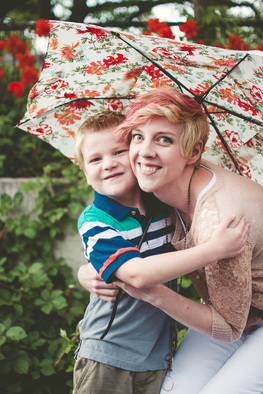
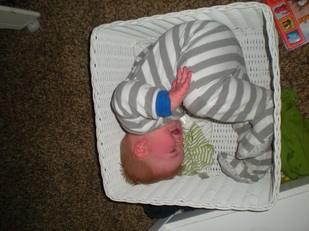

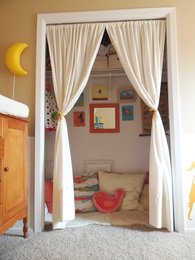
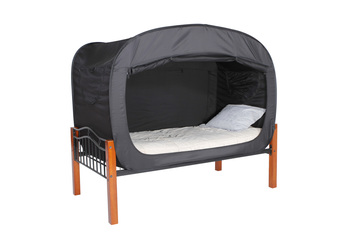
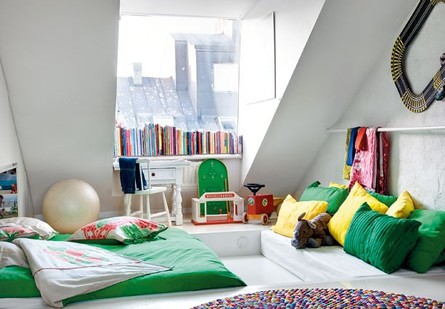
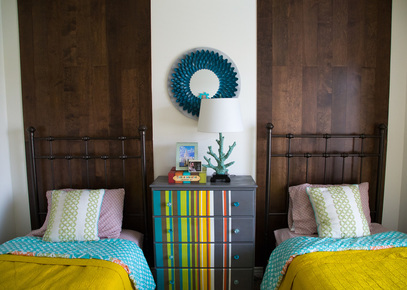
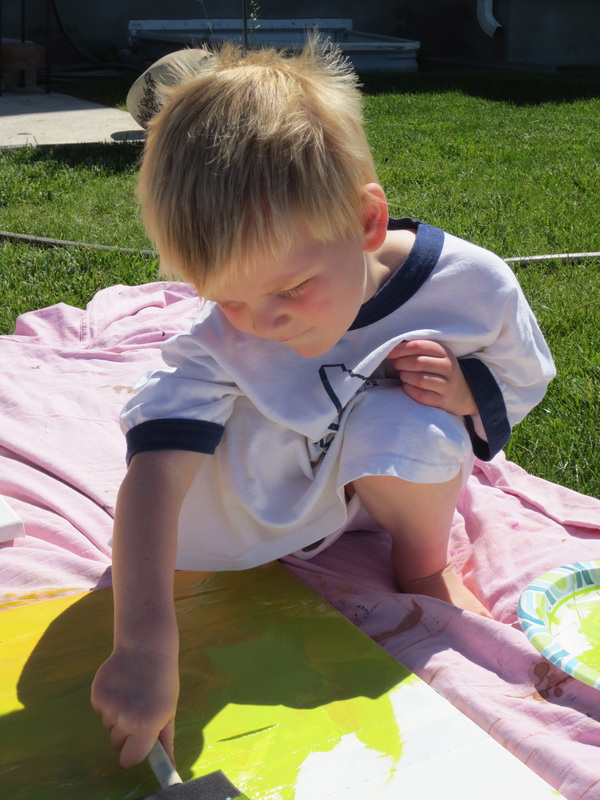
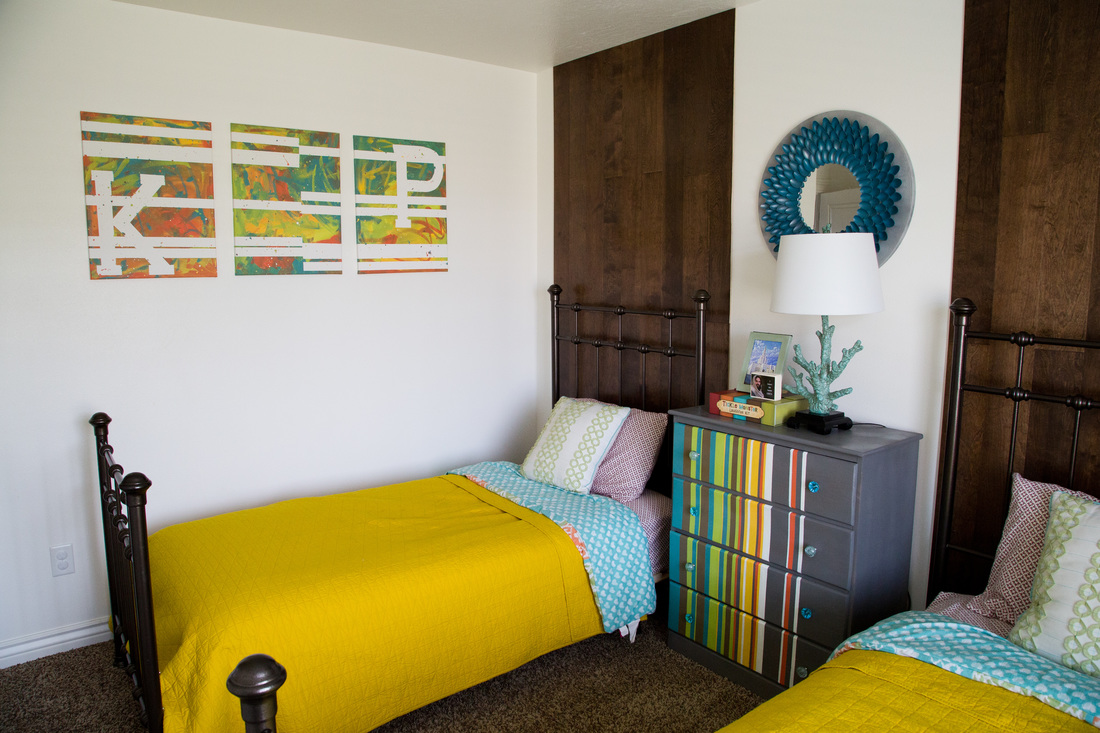
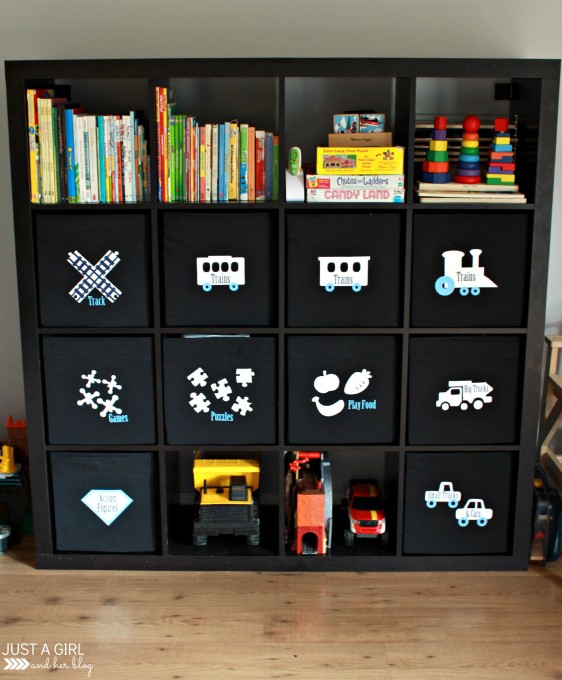
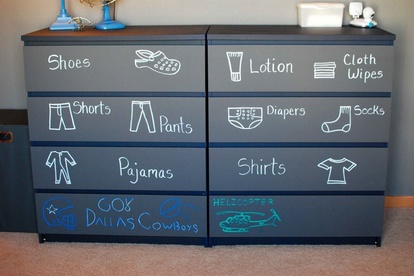
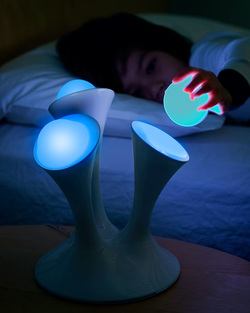


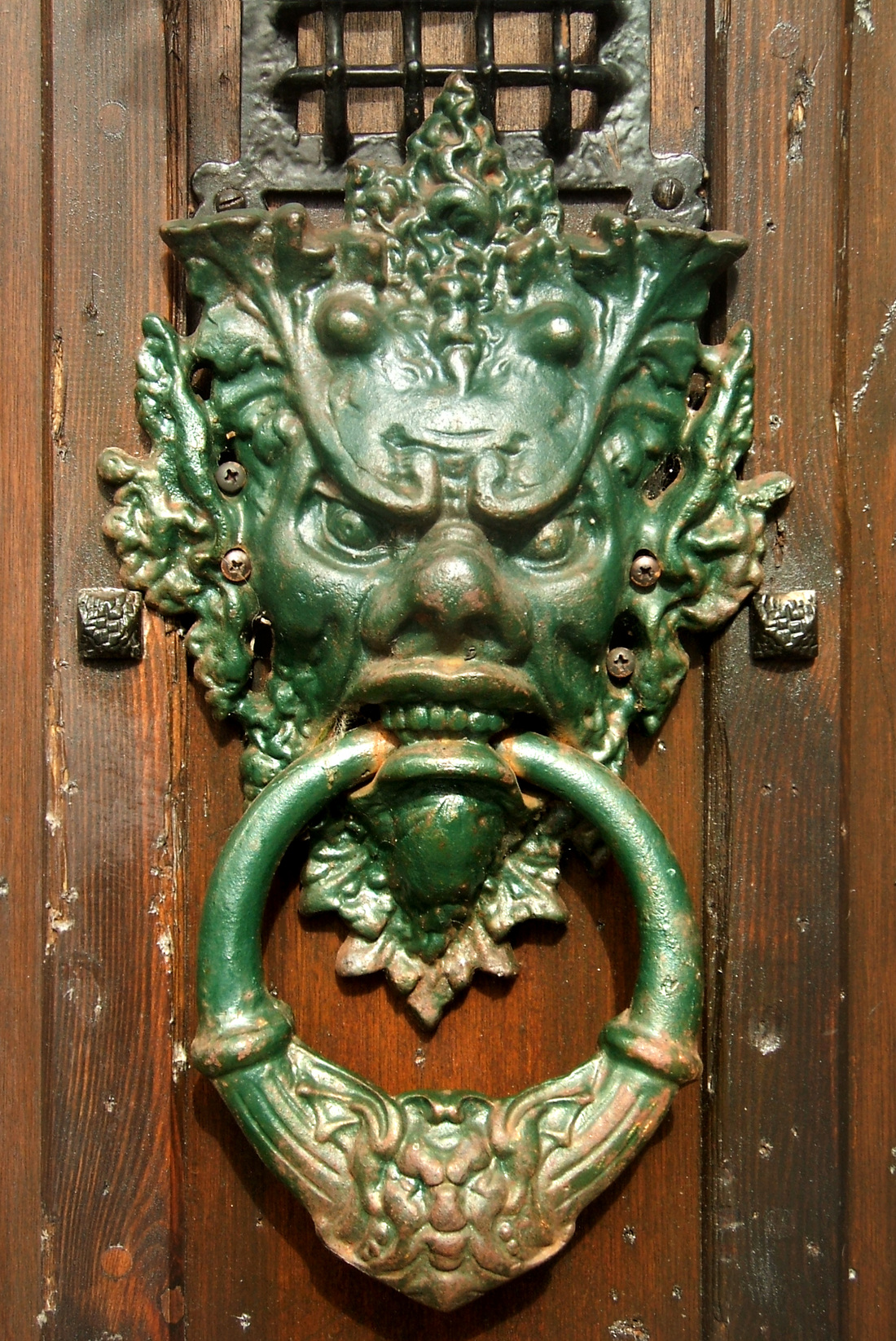
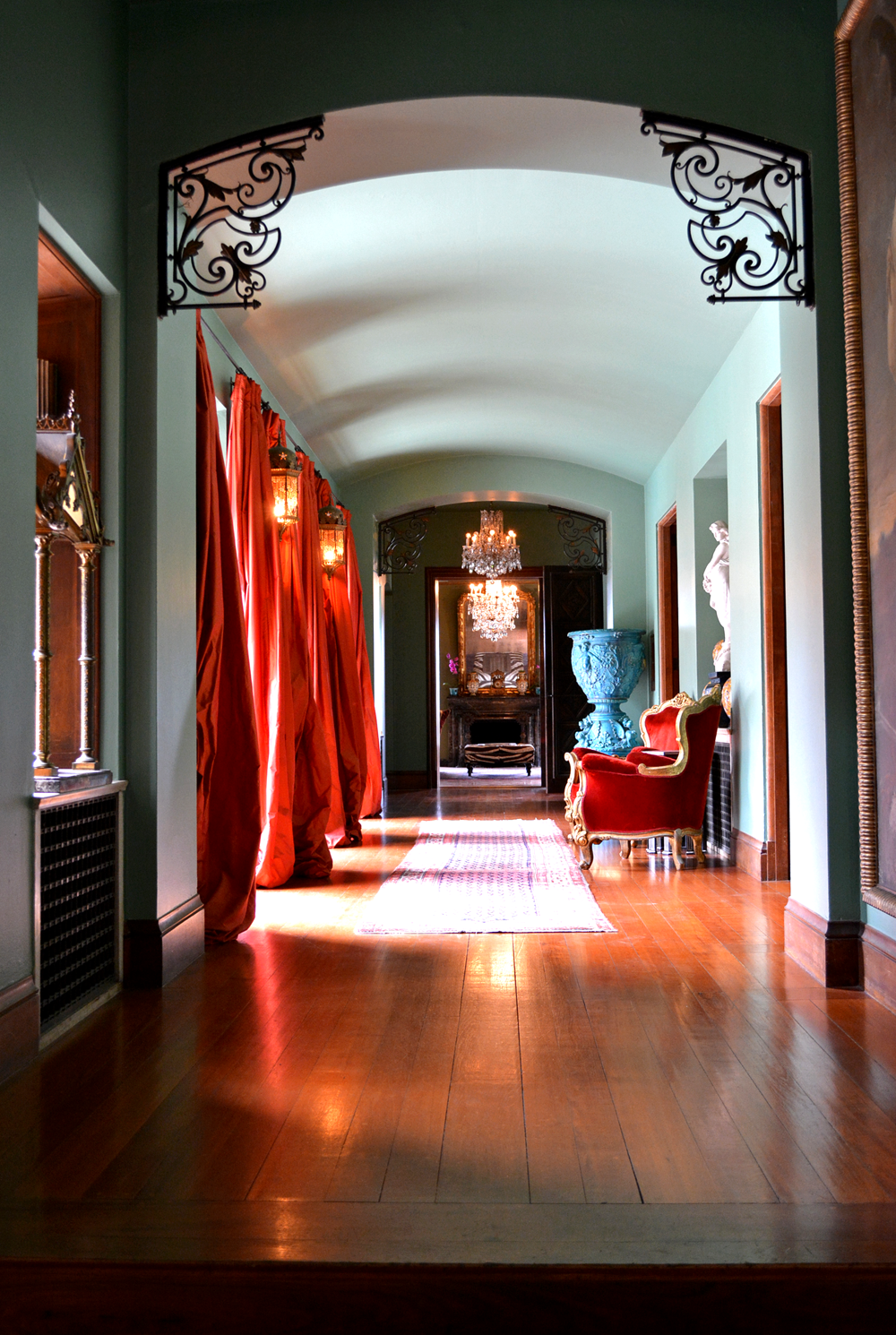


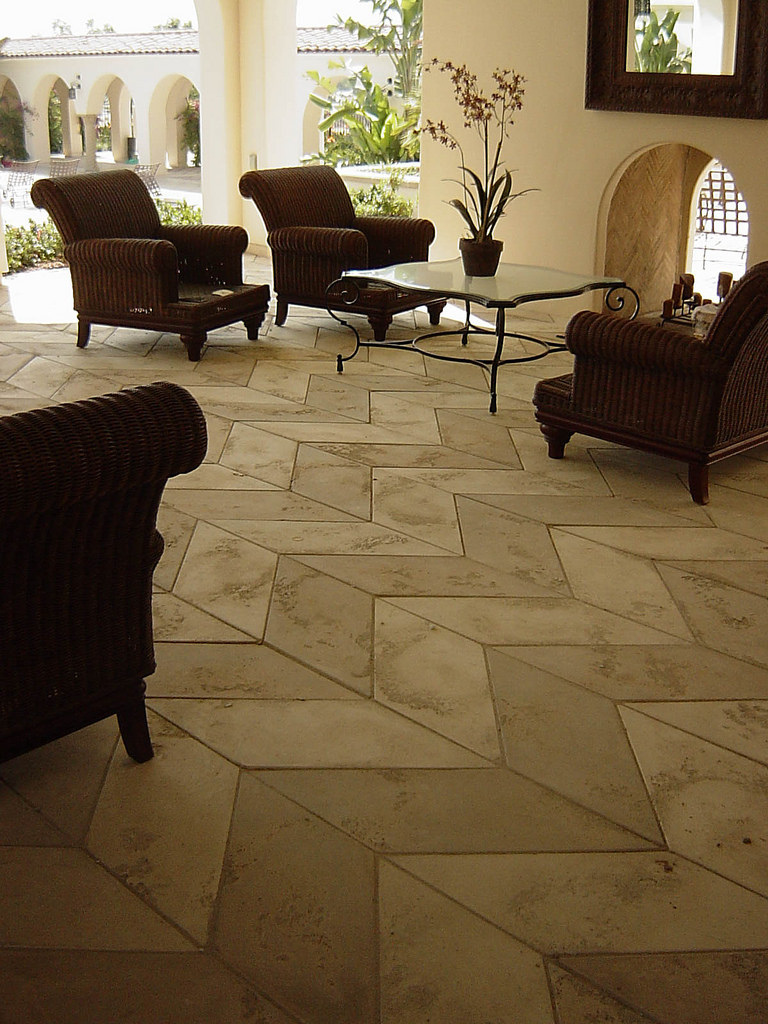
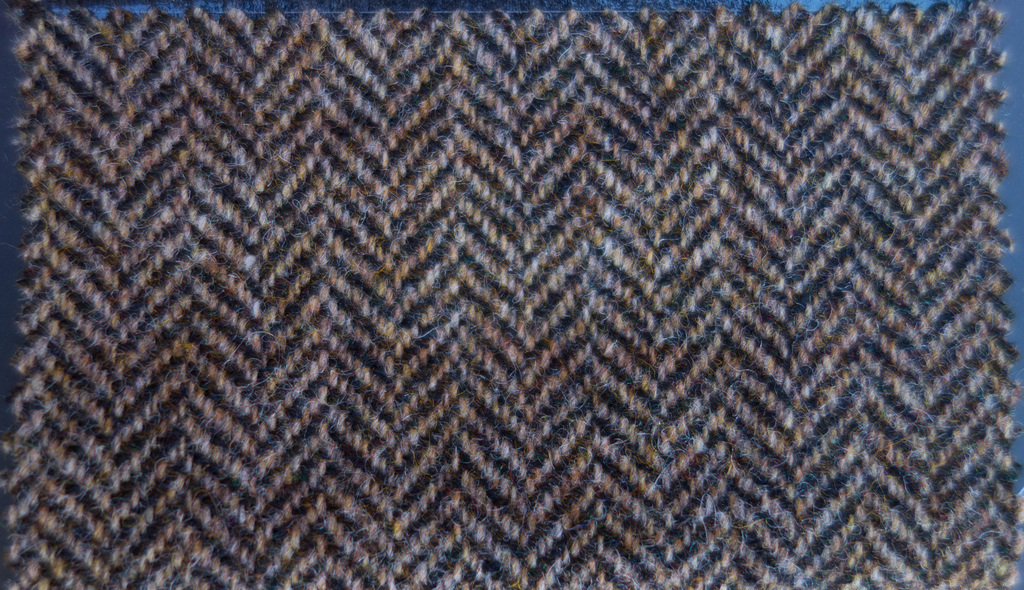
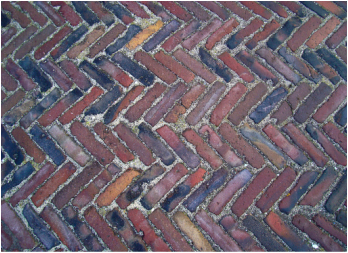
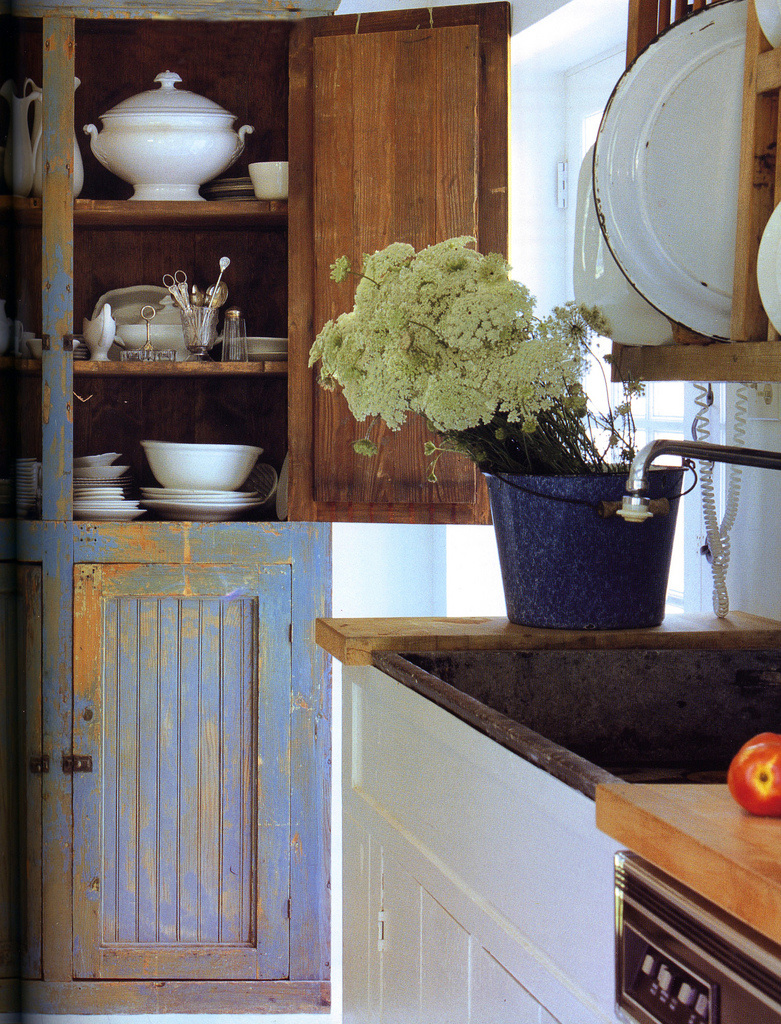
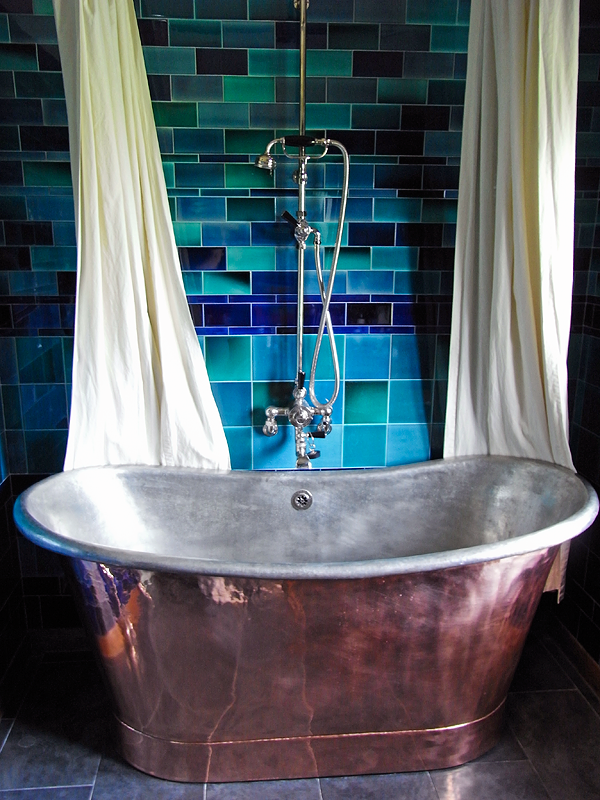

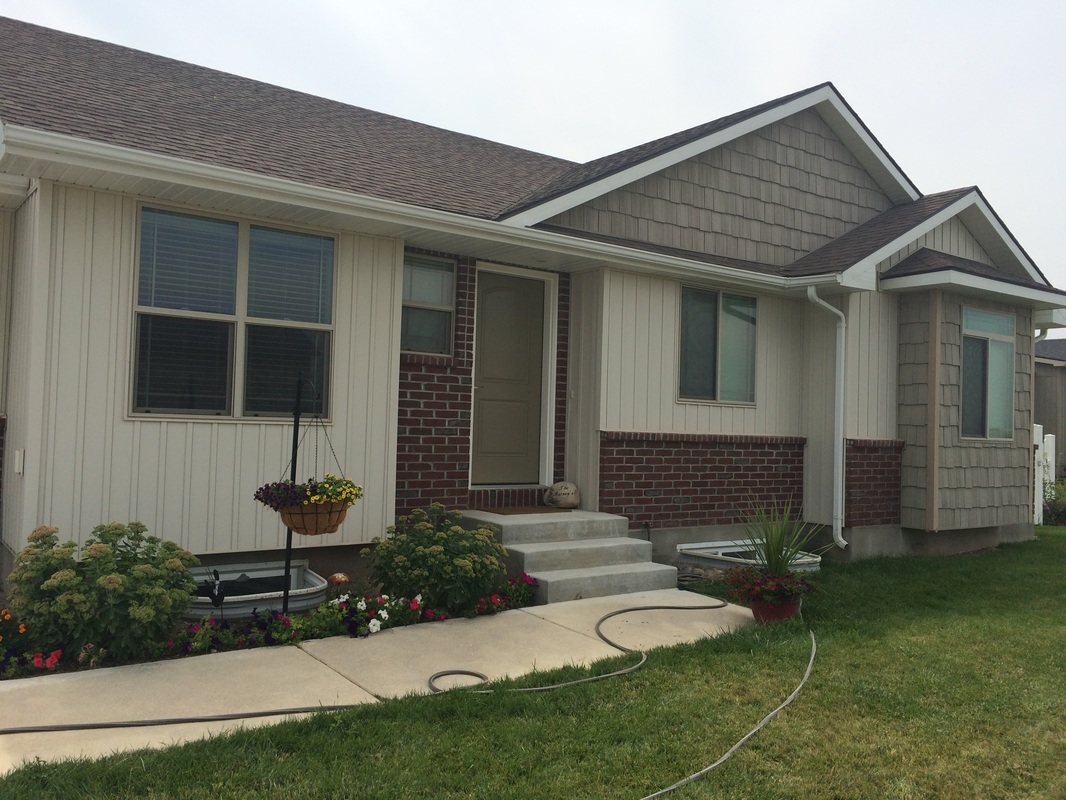
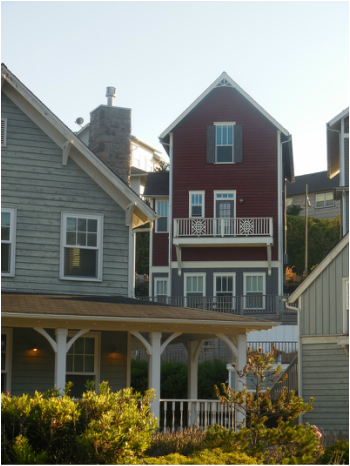
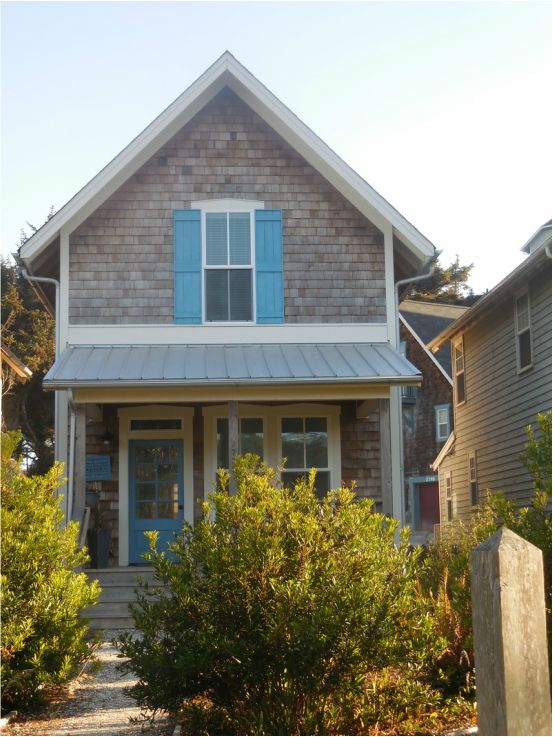
 RSS Feed
RSS Feed
